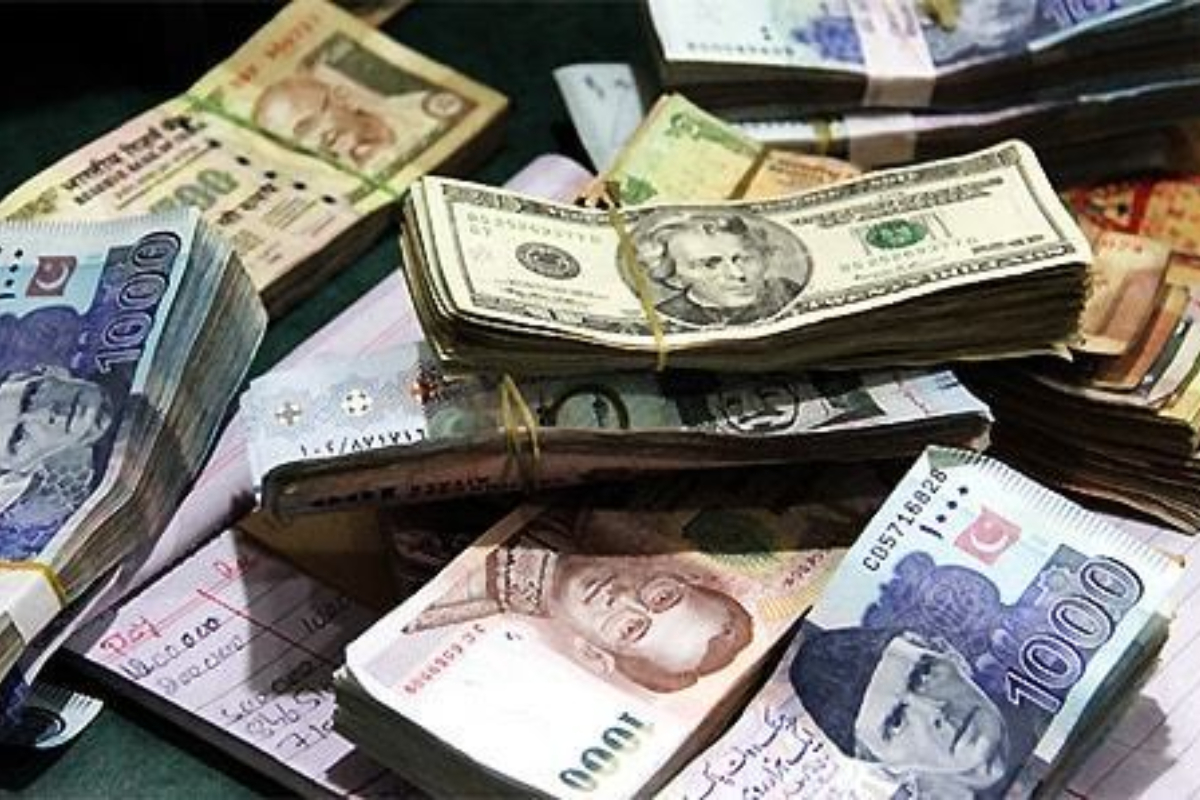KARACHI: The coalition government borrowed Rs1.4 trillion from the financial system at a higher interest rate. The borrowing has been made from July 1, 2022, to January 6, 2023, which is 10 times higher, compared with the borrowed amount in the same period of the last fiscal year.
The previous Pakistan Tehreek-e-Insaf (PTI) government borrowed only Rs131.86 billion from July 1, 2021, to January 7, 2023, according to the data released by the State Bank of Pakistan.
The primary earning of the banking system is interest income, which would grow substantially when the annual report ending December 31, 2022, would be published.
The first half (January-June) of 2022 showed the pre-tax profit of the banking system recorded healthy YoY growth of 38 per cent to Rs300 billion from Rs217 billion in the first half of CY21, according to the central bank.
However, under the Finance Act 2022, tax incidence for the banks has significantly increased due to the hike in the corporate tax rate, super tax and enhancement in special tax on the earnings on government papers.
Resultantly, the after-tax profit grew only by 2.7 per cent to Rs126 billion in the first half of CY22, compared with Rs123 billion in the same period of CY21.
The SBP also revealed that given the substantial share of government papers in the banks’ earning assets and interest income, advances to deposit ratio (ADR) explains the major differences in taxation among the banks, i.e., higher ADR is associated with the relatively lower tax rate on income from the government papers.
Detailed analysis shows that most banks have higher than 50 per cent ADR at the end of June 2022. These banks were mainly medium- to small-sized and also include Islamic banks, which typically have high financing-to-deposit ratios, it added.
The interest income of the banking system is continuously growing on the back of a consistent increase in the interest rate by the central bank. The SBP made another hike in the benchmark interest rate by 100 basis points to 17 per cent from 16 per cent.
The central bank raised 10 per cent or 1,000 basis points during the last 16 months. The policy rate was raised by 25 basis points in September 2021 and, since then, the central bank has adopted aggressive monetary tightening.
Analysts at Arif Habib Limited said the policy rate hike would impact mostly the government, as it has been the largest borrower from the commercial banks and the rise in the interest rate will jack up the interest payments to the banks.
The higher borrowing by the government from commercial banks left little room for the private sector credit off-take.
The private sector borrowing from the commercial banks fell 46 per cent to Rs421 billion during July 1, 2022 to January 6, 2023, compared with Rs773 billion in the same period of the last fiscal year.
The rising interest rate added to the cost of doing business for the industries, which were already facing shortage of raw materials due to non-opening of the letters of credit (LCs) and high energy prices.
“On the production side, the large-scale manufacturing (LSM) output declined 5.5 per cent in November 2022. Going forward, the production cuts by firms and supply constraints could pull the LSM growth further down,” the SBP admitted in its latest monetary policy announcement.

















